13 Restaurant Menu Tricks That Make You Spend More
These tricks, like smart wording and well-thought-out layouts, are meant to make you spend more without you even realizing it.
- Tricia Quitales
- 5 min read
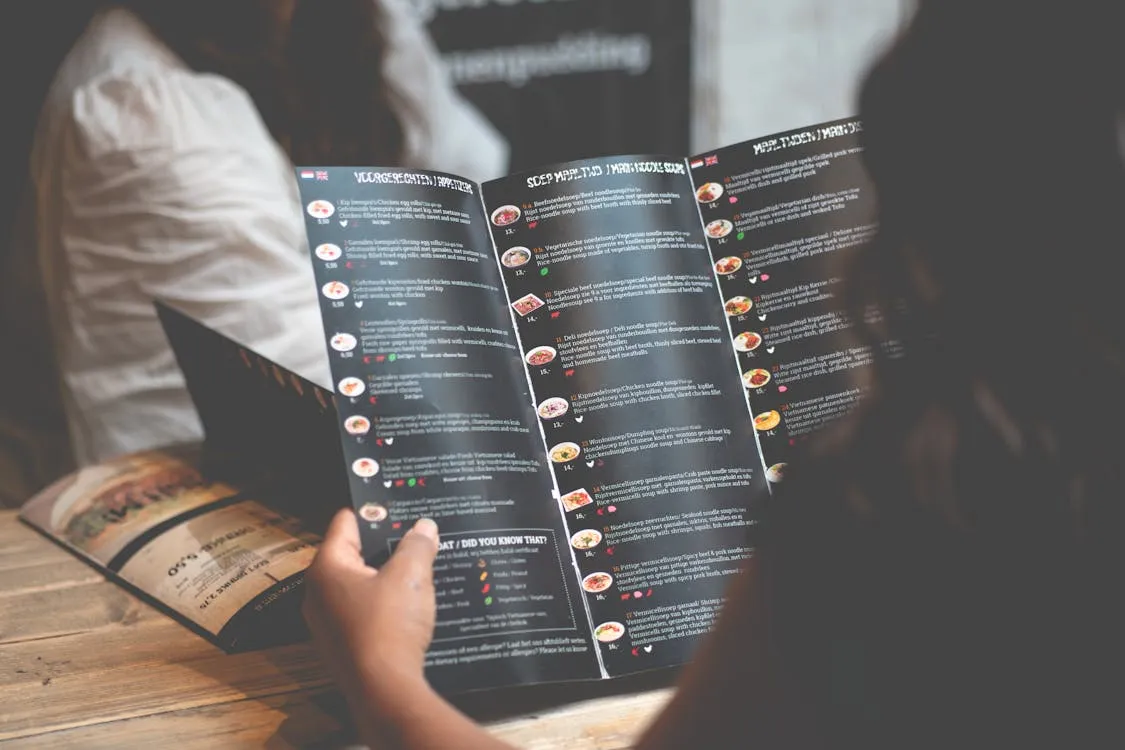
Here are 13 sneaky ways that places try to get you to spend more money. These strategies include everything from visual designs to psychological cues. They are all meant to make you want to buy more or improve your choices. If you know about these methods, you can make better choices the next time you go out to eat.
1. The Decoy Effect
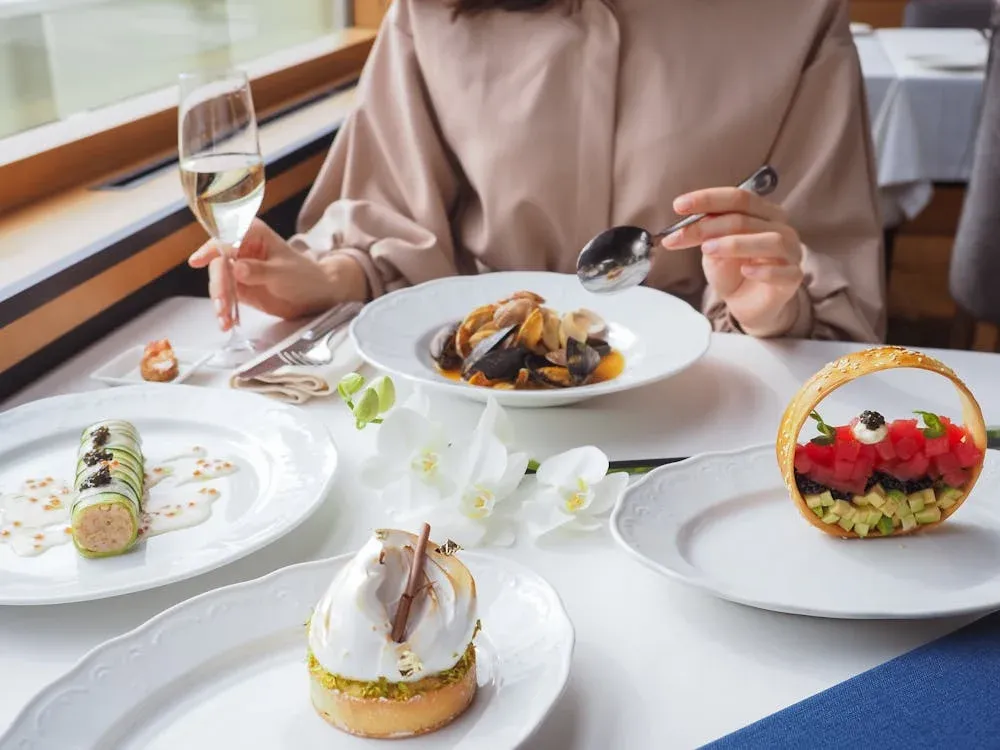 Nadin Sh on Pexels
Nadin Sh on Pexels
Restaurants often place the most expensive item next to a more moderately priced one to make the latter seem like a good deal. You might want to order something “cheaper” but still expensive when you see something more expensive. This method makes the things in the middle range look cheaper than the higher-end ones. Your eyes naturally lead you to choose what seems like a good deal.
2. Menu Descriptions That Sell
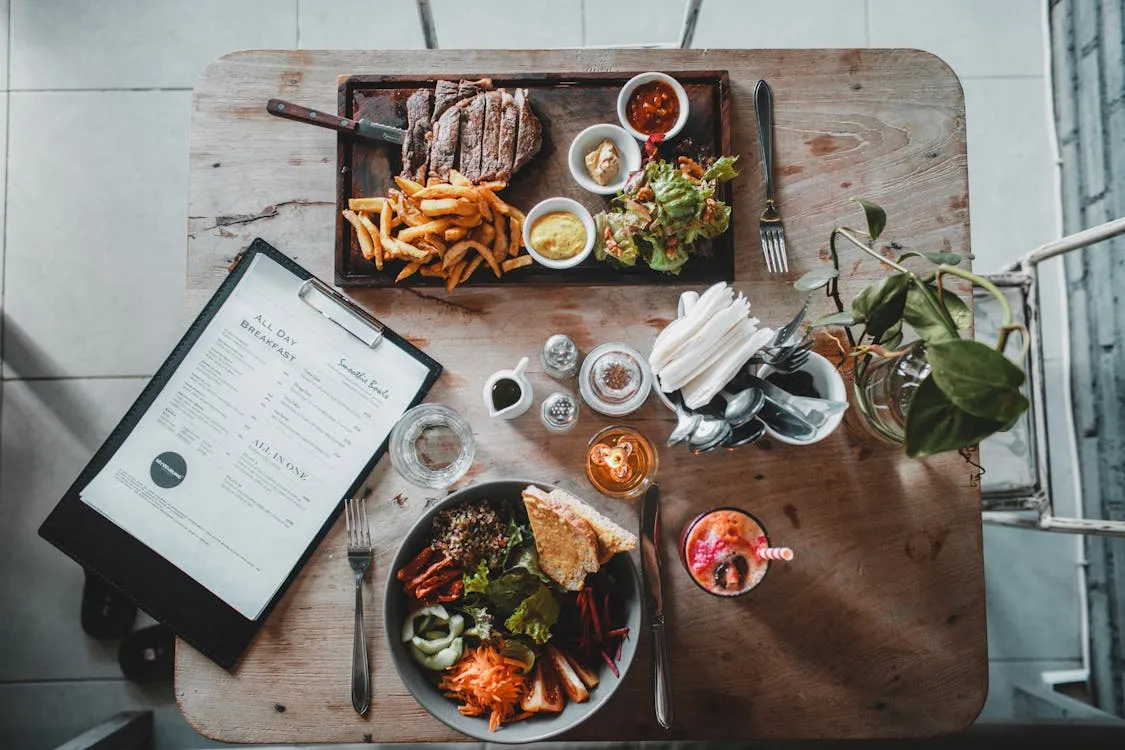 ROMAN ODINTSOV on Pexels
ROMAN ODINTSOV on Pexels
There are words like “succulent,” “mouth-watering,” and “handcrafted” that make the foods sound better. Even if it’s just a simple thing, how the food is described can make it sound more tasty. These words make you feel something about the food, which makes you want to order it. You’re more likely to think about that dish if the wording is vivid.
3. The Price-Exclusion Trick
 Gül Işık on Pexels
Gül Işık on Pexels
Some places don’t put prices next to each dish; instead, they take the prices off or write them in smaller print. Since you can’t see the prices well, you might not question them as much. You might think you’re choosing based on taste instead of price this way. It makes you choose what sounds best instead of what’s cheaper.
4. The High-Priced Item First
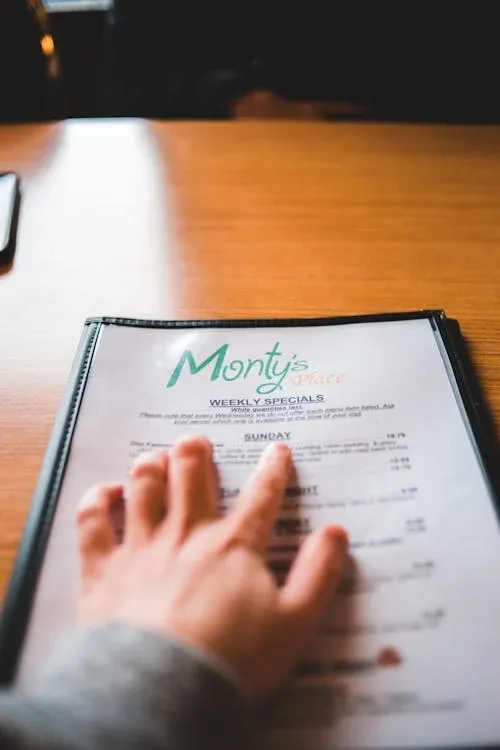 Erik Mclean on Pexels
Erik Mclean on Pexels
Most menus put the most expensive items near the top or in a clear area. When you look at these meals, everything else may seem like a better deal. If you have high hopes for the first dish, other dishes will seem cheaper. Your brain is tricked into spending more than you planned.
5. Small Portions at Big Prices
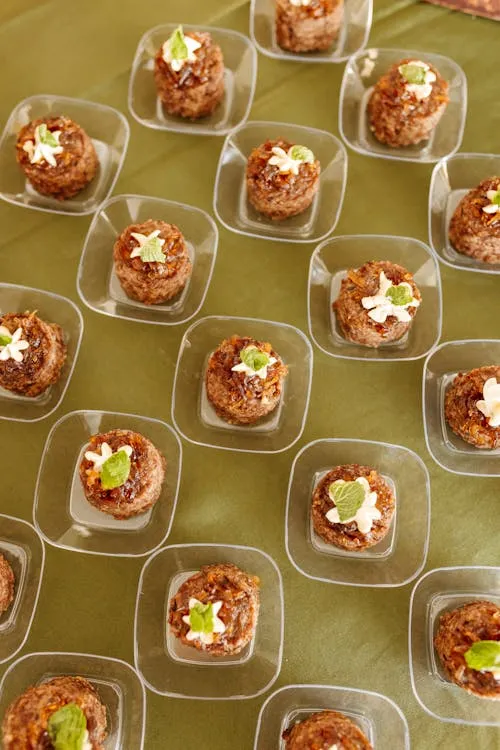 Jonathan Borba on Pexels
Jonathan Borba on Pexels
There are “tasting menus” at some restaurants that include small portions of expensive things that cost a lot. Most of the time, these small meals sound fancy but make you hungry. You might have to order more to feel full, which will cost you more. The small serving size makes the dish seem special, but you’re really just paying for a small amount.
6. The “Chef’s Special” Markup
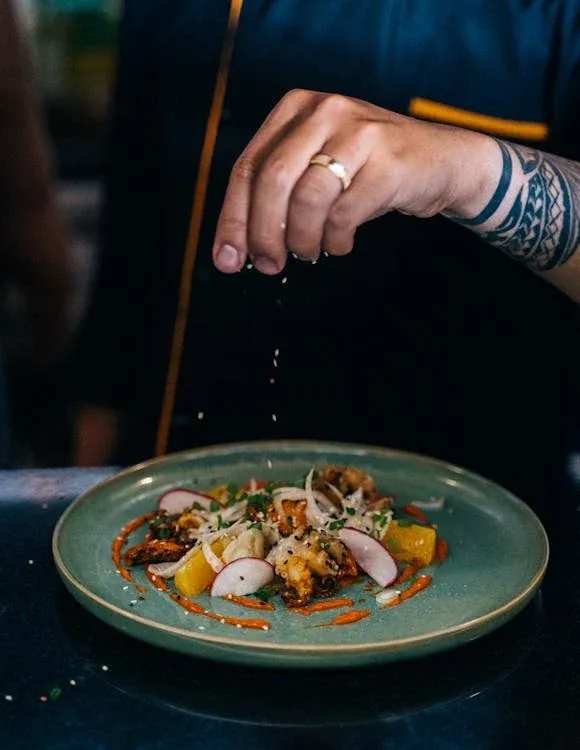 Anna Tarazevich on Pexels
Anna Tarazevich on Pexels
Sometimes, things that are marked as “Chef’s Special” or “Signature Dishes” cost more. Many people believe these labels because they think they offer something special. The word makes you think of a high-end experience, which makes you more likely to choose more expensive options. Also, you might feel like you’re getting a one-of-a-kind meal.
7. The Side Dish Game
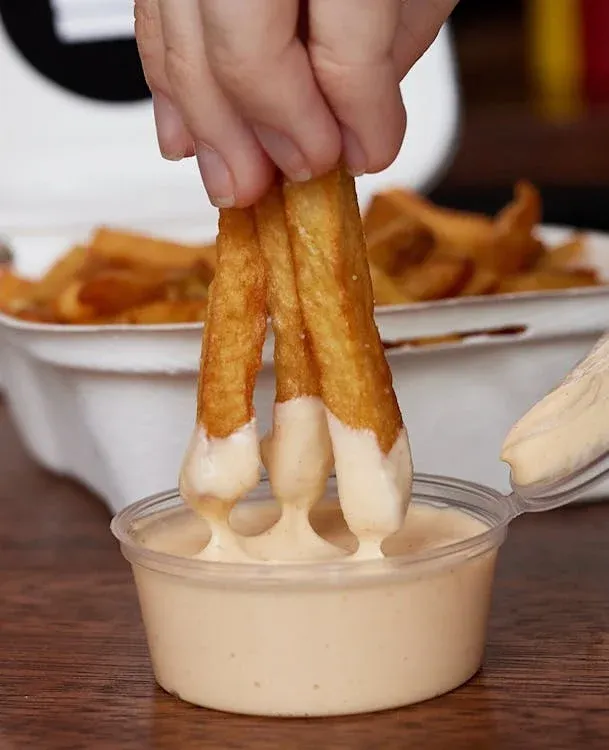 Valdenilson Santos Bautz on Pexels
Valdenilson Santos Bautz on Pexels
Menus often show side dishes like fries, extra sauces, or salads as separate items. This trick can lead you to believe that a dish is less expensive than it really is. If sides aren’t part of the price, you’re more likely to add them, making your bill go up. This way of breaking down prices helps restaurants make more money on each item.
8. Menu “Sections” That Influence Choice
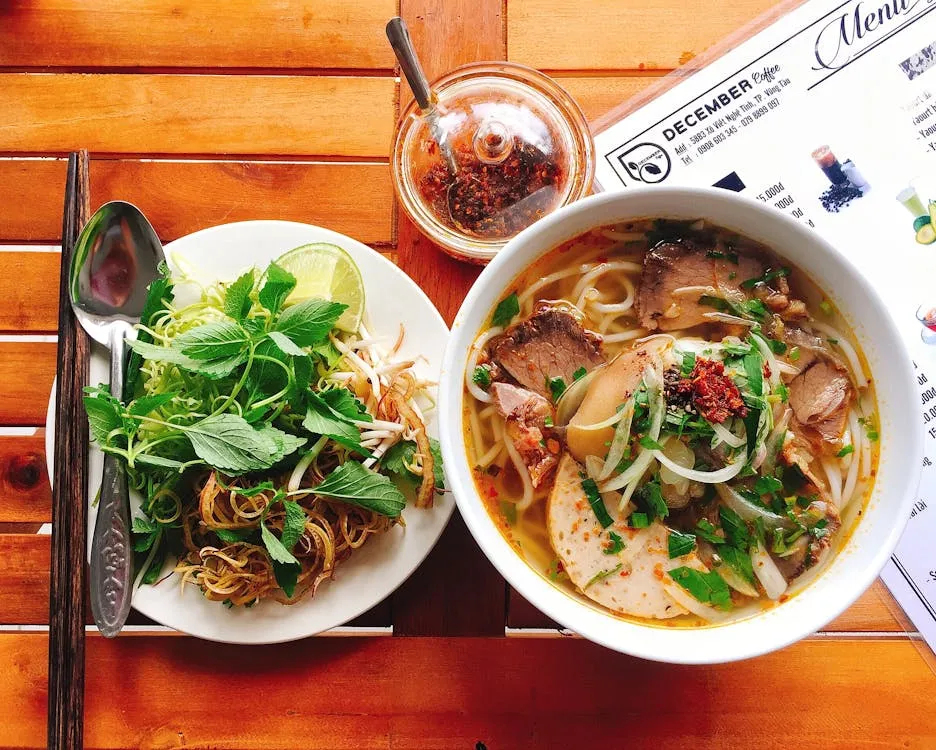 JANG ‘S 🍂 on Pexels
JANG ‘S 🍂 on Pexels
You might feel like you have to choose from certain parts of the menu, like “Signature Cocktails” or “Chef’s Recommendations.” These sections are meant to steer you toward more expensive choices. If you only look at those parts, you might miss out on cheaper options. It subtly guides your decision-making process.
9. The Cocktail Price Bait
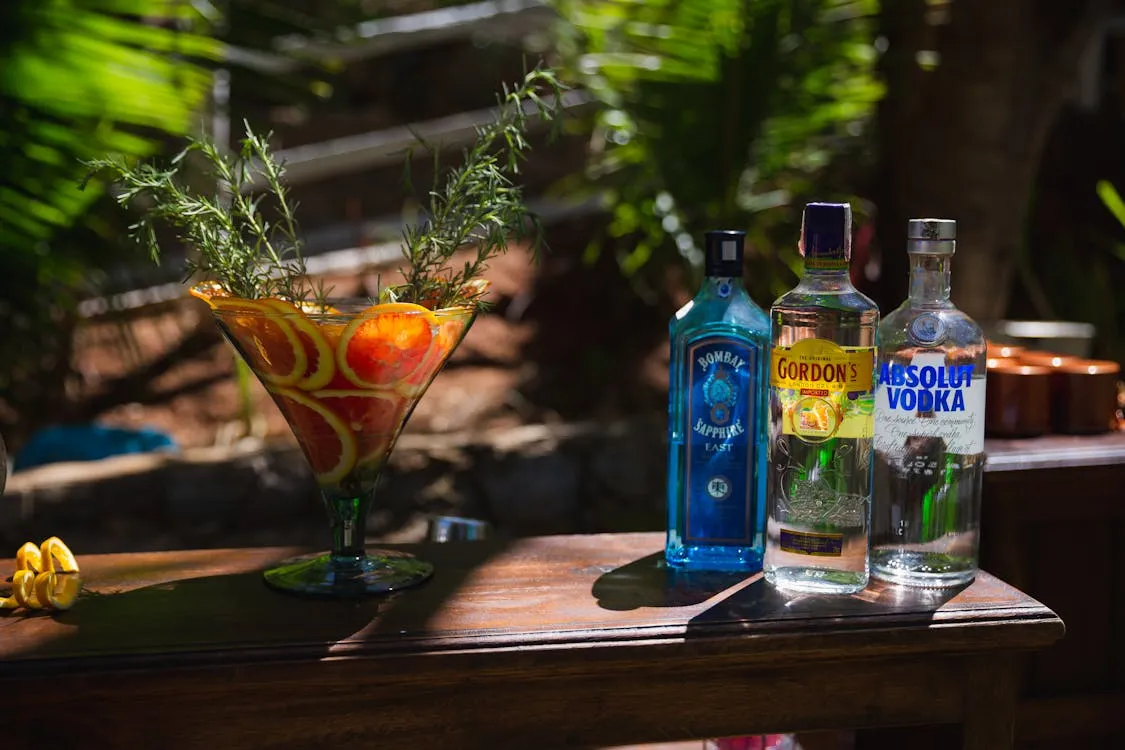 Bruno Mattos on Pexels
Bruno Mattos on Pexels
Many cocktail menus have a “premium” area with expensive ingredients or uncommon spirits. Most of the time, these drinks cost a lot more, but they’re sold as special and fancy. You might want to treat yourself to a nice drink to make the experience better. Some people don’t care about the price of these drinks because they are so unique.
10. Avoiding the “$” Symbol
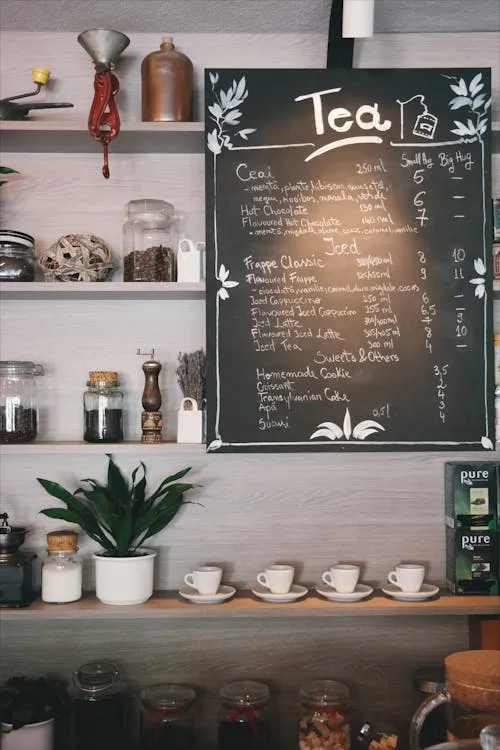 Brigitte Tohm on Pexels
Brigitte Tohm on Pexels
Prices at restaurants often don’t have the dollar sign ($) next to them to make them look less scary. It can feel like a small amount of money instead of a real cost when you don’t see the “$.” You think the price is less than it really is because there is no dollar sign. This trick can make you spend more than you mean to without even realizing it.
11. Left-Hand Side Pricing
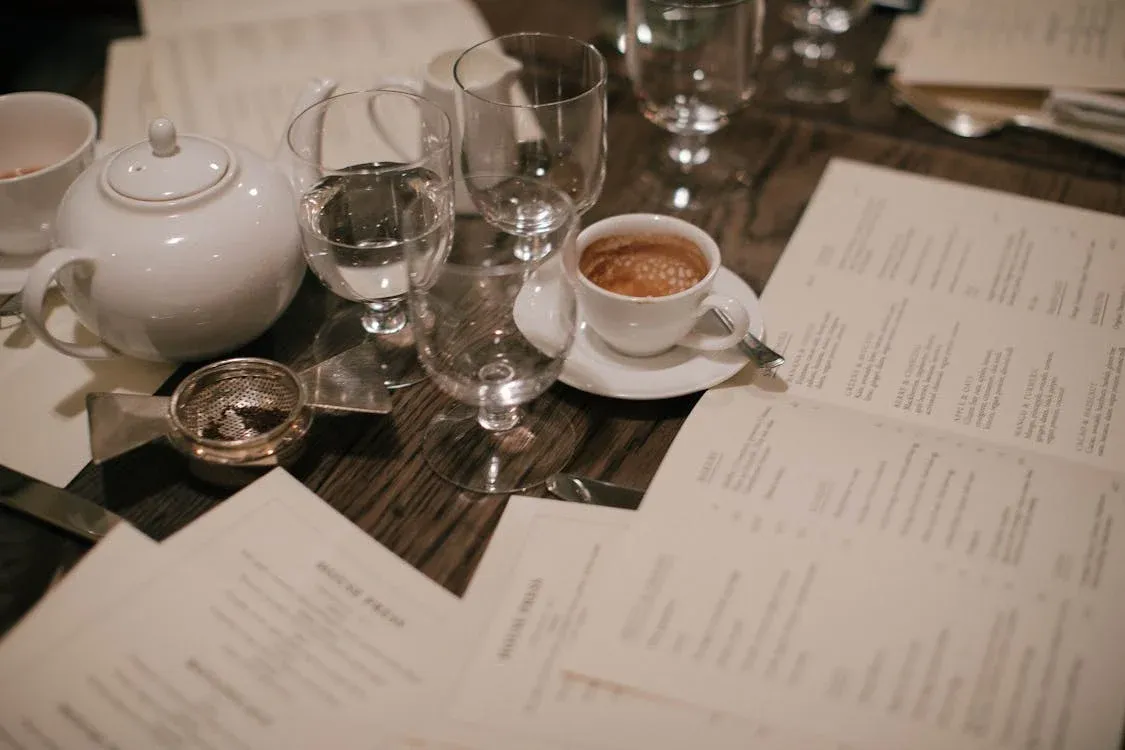 Lina Kivaka on Pexels
Lina Kivaka on Pexels
It has been found that people look at the menu’s left side first. This is why restaurants often put the more expensive things on the left side of the menu. You might not even realize it, but this makes you more likely to pick a more expensive dish. The plan is meant to help you spend as much as possible.
12. The “Market Price” Dish
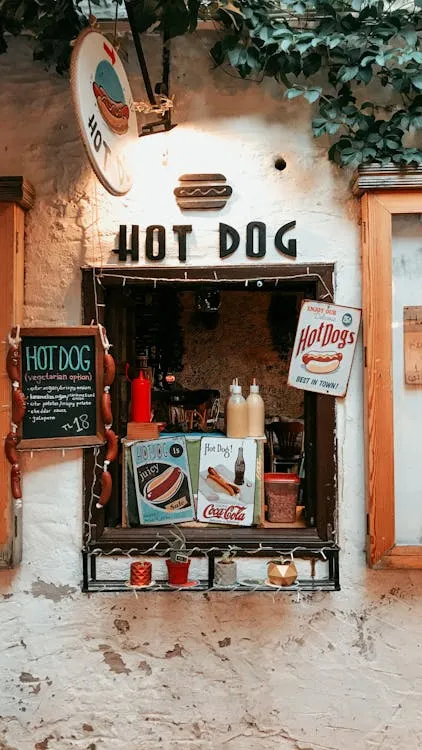 YEŞ on Pexels
YEŞ on Pexels
When an item’s price is written as “market price,” it usually costs more than it seems. You might want to try it because you think it’s a unique and important thing, even if you don’t know how much it costs. You might end up spending more than you planned because you’re interested in the price and the dish. You are more likely to place an order if there is no set price.
13. The “Combo” Meal
 Polina Tankilevitch on Pexels
Polina Tankilevitch on Pexels
Combo meals look like a good deal because you get more food for a little more money. However, you usually end up spending more than if you had bought each thing separately. You’re more likely to buy things you didn’t want when you see these pairs, so you spend more overall. Getting “more” makes you think you’re saving money, which is the trick.